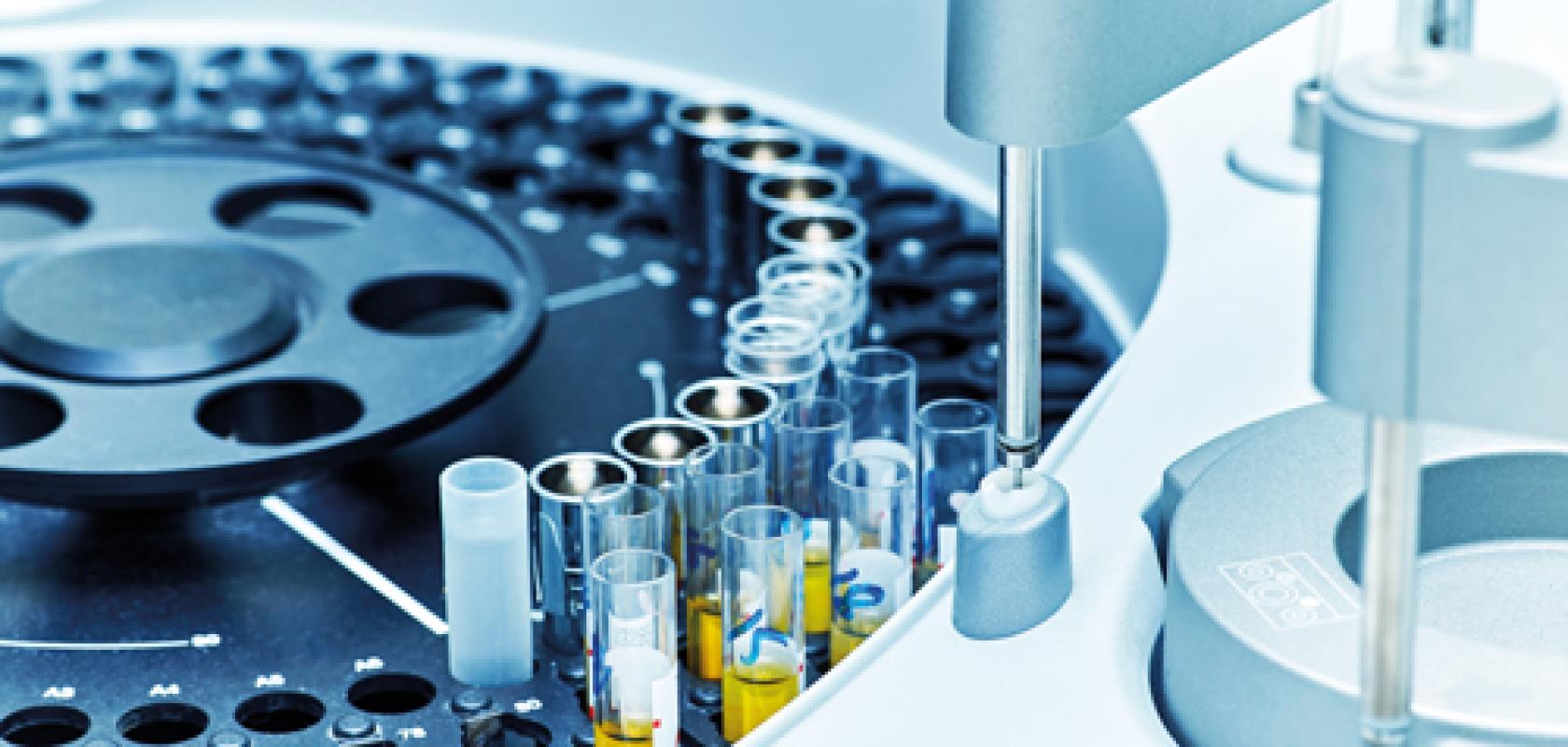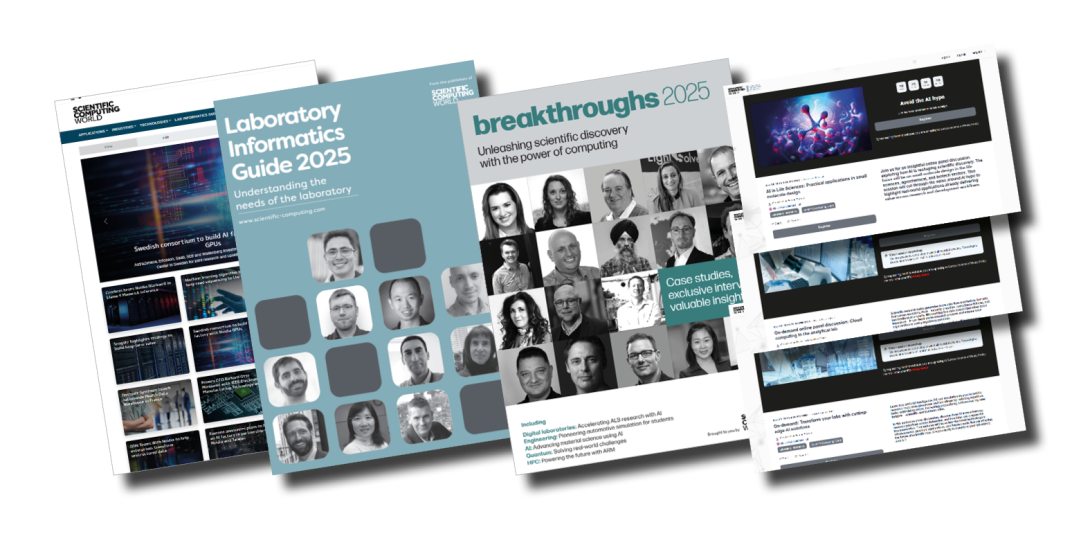Laboratory informatics tools explained

A look at the four major laboratory informatics tools – laboratory information management systems (LIMS), electronic laboratory notebooks (ELNs), laboratory execution systems (LES) and scientific data management systems (SDMS) – their differences and how they relate to each other

Register for FREE to keep reading
Join 12,000+ scientists, engineers, and IT professionals driving innovation through informatics, HPC, and simulation with:
- Insights into HPC, AI, lab informatics & data
- Curated content for life sciences, engineering & academia
- Access to Breakthroughs: real-world computing success
- Free reports & panels, including the Lab Informatics Guide
- White Papers & software updates for smarter research
Sign up now
Already a member? Log in here
Your data is protected under our privacy policy.










